Location
Mexico 3
[ ] Oaxaca
[ ] Puerto Escondido
[ ] San Cristobal de las Casas
[ ] Palenque
Travel Dates
2019.10.19 - 2019.11.18
Camera
Contax T3
Film Stocks
KODAK COLORPLUS 200, KODAK GOLD 200, FUJIFILM 200
Travel Notes
They call Oaxaca the cultural capital of Mexico. After a couple of hours of walking around I can tell it's sophisticated, or at least thinks it is. A colonial city with interesting history, beautiful landscapes, and ridiculously delicious unique foods. Between my 8th meal in 1.5 days I visit the amazing Jardín Etnobotánico de Oaxaca, full of plants I could never in my life pronounce but want to take home. Very pretty, minus the high number of tourists to local ratio.
Everything is much chiller here compared to my last week in Mexico City. The old lady selling fresh fruit on the corner of the street is chill. The hustle and bustle of the market is slightly slowed down. There's enough time and space to stop and take a breath. I like that.
I saved my one special meal of the trip for Las Danzantes. Contemporary Oaxacan-Mexican cuisine. Shredded duck in mild chilli sauce for making tacos, with chili morita sauce and avocado. Hierba santa: quesillo (Oaxacan string-cheese), goat cheese, tomatillo sauce and meco chili. Shrimp tlayuda, chintextle (dried chili paste) sauce, Oaxacan string-cheese and cabbage on a lightly toasted tortilla. All of it was magnificent, especially the hospitality. Strong recommendation.
My next destination is the local beach town of Puerto Escondido, a short distance from Oaxaca. Upon arrival and sorting out accommodation I remember heading straight for the beach side hammock with an iced beverage. If that doesn't get you in the mood I don't know what will.
The next couple of days are generally beach hopping with the odd venture to the local market. One funny moment was while eating at a local eatery a ambulance pulls up with sirens ablaze, parks directly in front of the restaurant where paramedics get out and sit down to eat a meal. 10 minutes later the waiter opens the door to the ambulance and serves a lady laying down in a gurney. Even the sick eat well.
After a couple of days I'm beached out and head to san Cristobal de las Casa, a city located in the Central Highlands of Chiapas. The city is picturesque with cobbled streets and lively markets and cool weather. All roads seem to lead up to a monumental cathedral, San Cristóbal de las Casas, sitting atop a hill overlooking the city. Heading to the market I notice a large number of tribal dressed folk in black garments made of sheep wool. They are Tzotzil people, an indigenous Mayan tribe speaking their own indigenous language situated throughout the Chiapas region. The closeby town of Chamula is one of theirs. I quickly make arrangements so I can visit and better understand.
Chamula is like a place I had never been before. It feels not even Mexican. I later find out the Tzotzil people have negotiated autonomous status with the government of Mexico where no police or military are allowed into their lands. They police themselves. It is one of the poorest places in Chiapas and Mexico. I was asked to be careful with making photographs, especially of the church and peoples faces, as Tzotzil people believe that a photograph takes the soul of the subject.
From the courtyard in the center of the town I enter the Iglesia de San Juan Chamula church and am hit hard with the smell of burning pine and mold. Pine needles cover the floor completely and there are hundreds if not thousands of candles places throughout the church. There are no pews. The room is lit by the candles and fluorescent lights strung along the wall like morse code - no natural light I can see. There are mirrors placed everywhere. This is like no church I have ever entered. Like a church flipped upside down. I notice art on the wall drawn in familiar biblical styles but after closer inspection the stories are all unfamiliar. There is a Jesus looking like figure but the familiar saints have been replaced with Mayan gods. I take a moment and realize I'm shaking with excitement. I hear some English being spoken and rush over, interrupting a guide and his clients in mid-conversation.
Me: What where are we?
Guide: We are in a very sacred place for the Tzotzil people, descendants of the Mayans. There are many elements here you see that might be similar to a church you have back home, so some historians believe this religion was derived from Catholicism.
Me: Why are there mirrors everywhere?
Guide: The Tzotzil people believe that they deflect evil and help whoever is looking into them.
The air is very still.
I am in a place of worship.
I try to still myself and observe.
The rest of the day is a write off as all I can think about is Chamula.
The following day, back in San Cristobal, I happen upon what seems to be a funeral procession down the main street leading towards the main church, Guadalupe Church. Dancers dressed in traditional clothing lead the herd made up of what seems to be family members carrying photographs, balloons, and flowers, a small brass band, and members of the community. I follow them for more than an hour, not able to put down my camera, to the entrance of the church. The group seemed to be different than the Tzotzil people but had similarities. The event moved me.
My Mexican journey concludes in Palenque, an ancient Maya city state that perished in the 7th century.
By 2005, the discovered area covered up to 2.5 km2 (1 sq mi), but it is estimated that less than 10% of the total area of the city is explored, leaving more than a thousand structures still covered by jungle. Wikipedia
I remember taking days to decide whether to stay in the nearby city center or closer to the entrance to the ruins in the jungle. I decided on a jungle hut for convenience sake. Little did I know that the hotel would be covered in mosquitoes and some of those mosquitoes would be carrying the Dengue Virus. I believe I got the virus on the first day in the jungle. The rest of my stay in Palenque and Mexico was a blur, pushing myself through the ruins in the worst physical shape of my life. Based on the advice from the British nurse who I shared a bunk with, I toughed my way through the rest of my trip and once back in Tokyo 3 days later tested positive for the Dengue and received proper treatment.
Thankfully I got out OK but without over exaggerating it was the sickest I have ever been in my adult life. Thank you Mayan gods for letting me live!!
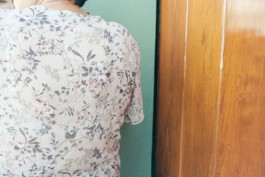
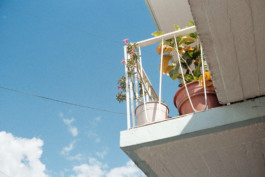
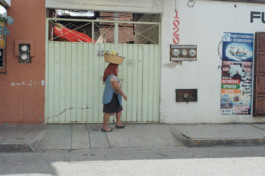
Oaxaca on Contax T3




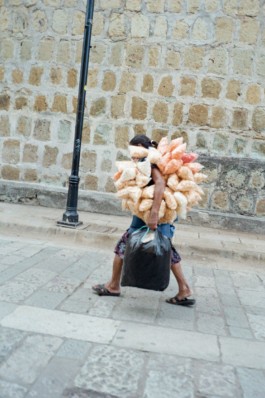
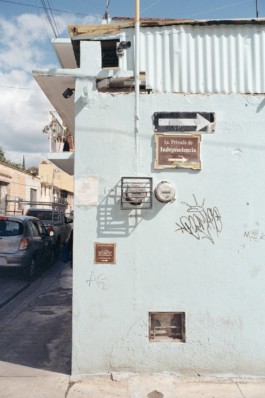
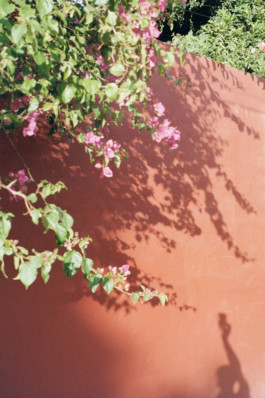
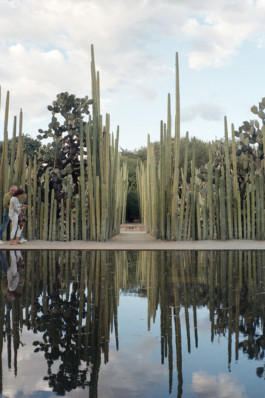
Jardín Etnobotánico de Oaxaca. Shot on a Contax T3 on KODAK COLORPLUS 200.
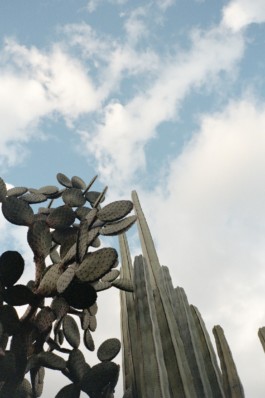
Jardín Etnobotánico de Oaxaca. Shot on a Contax T3 on KODAK COLORPLUS 200.

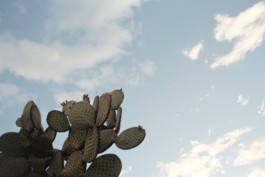
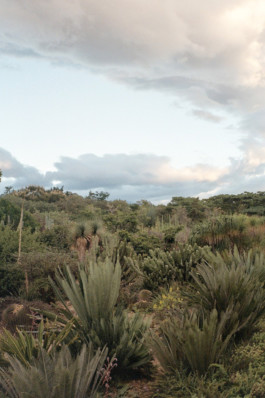

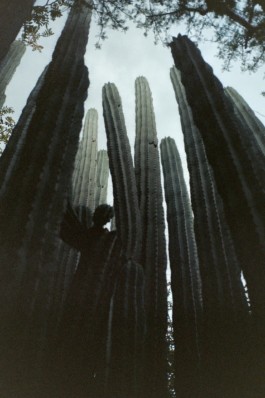
Jardín Etnobotánico de Oaxaca. Shot on a Contax T3 on KODAK COLORPLUS 200.
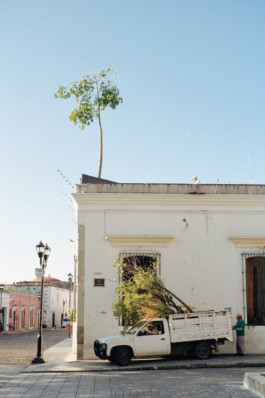
Early morning in Oaxaca


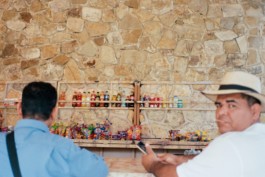
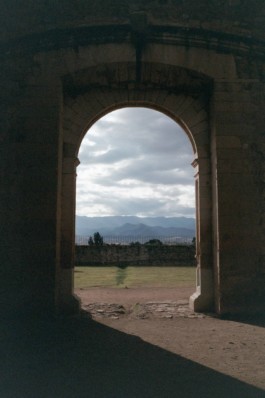
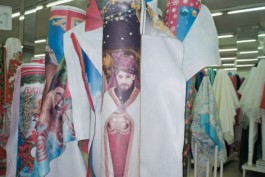
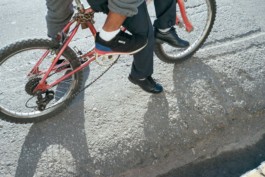
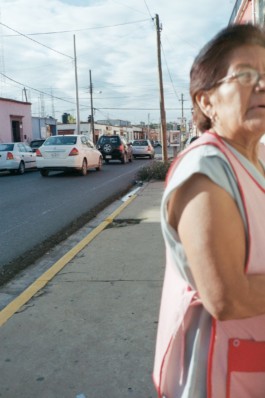
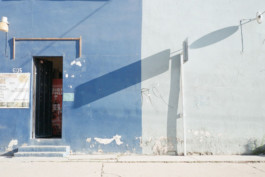
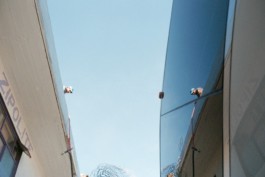
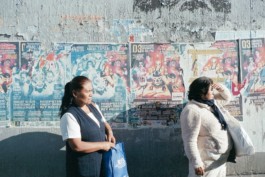
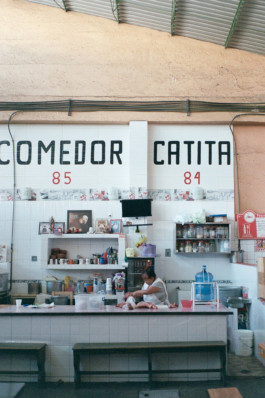
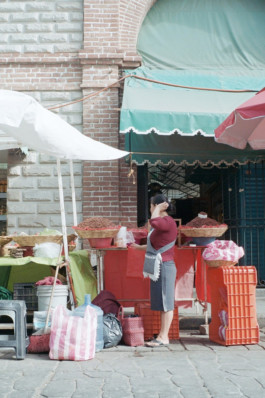
Oaxaca Mercado
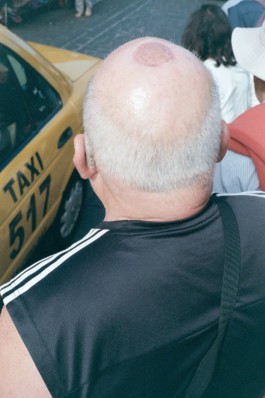
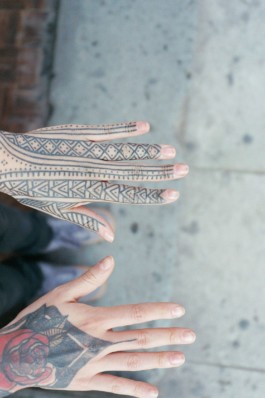
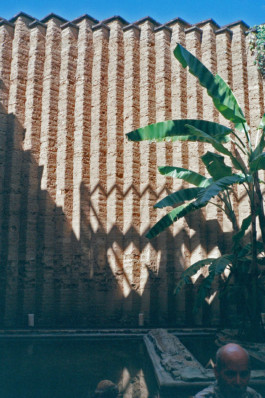
Las Danzantes courtyard.
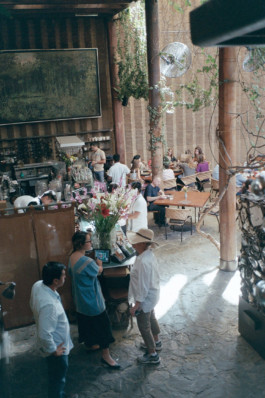
Las Danzantes, Oaxaca.
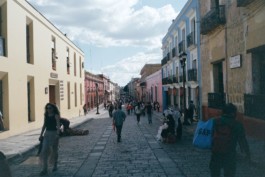
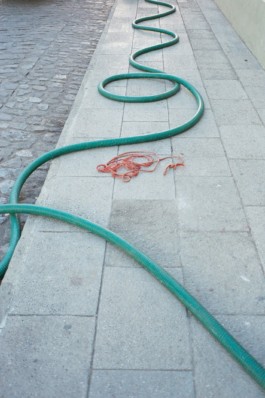
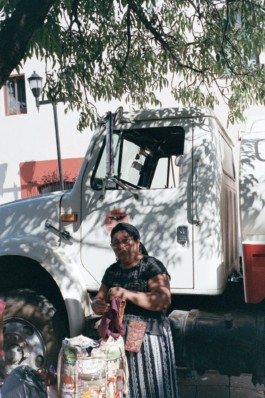
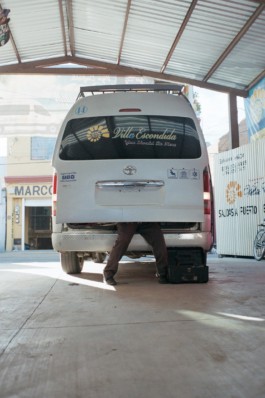
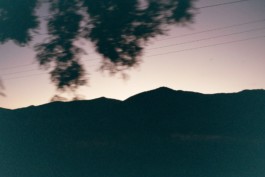
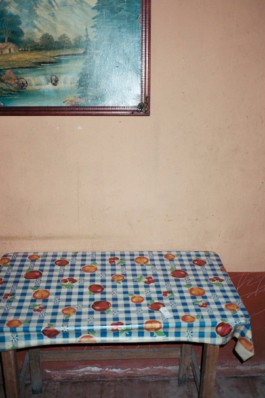
Dinner break en route to Puerto Escondido. Contax T3.
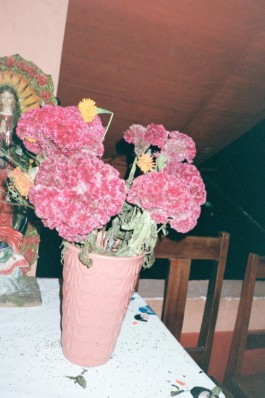
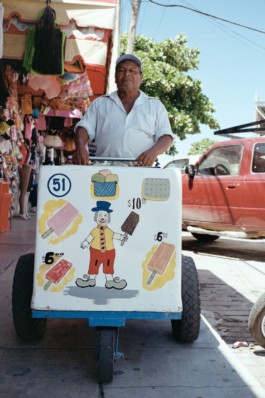
Puerto Escondido Ice Cream Man. Contax T3.
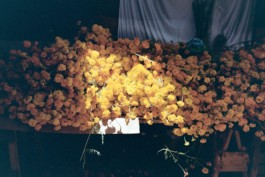
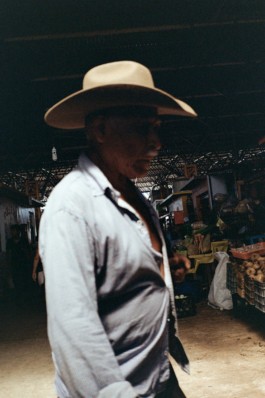
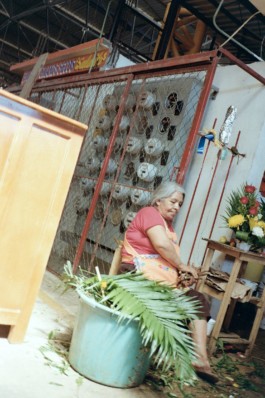
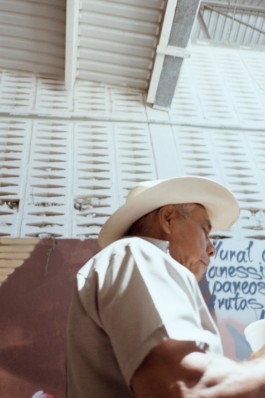
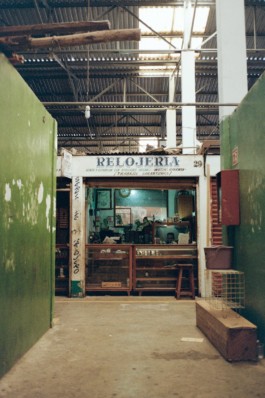
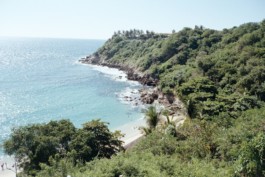
Beach hunting around Puerto Escondido. Contax T3.
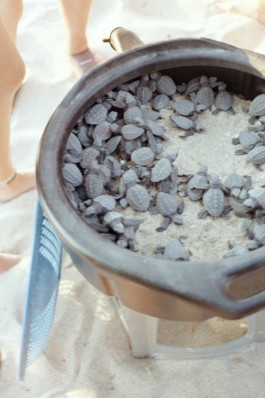
Supporting a local NPO by providing safe passage for baby turtles to the ocean. My job was to throw big stones and make scary noises so the lurking birds would not swoop down and eat the turtles 🥺
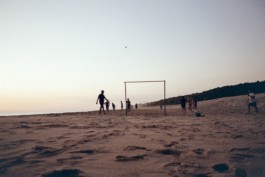
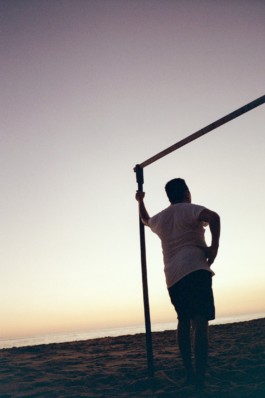
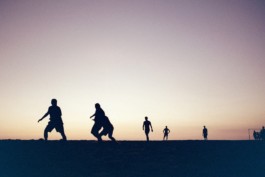
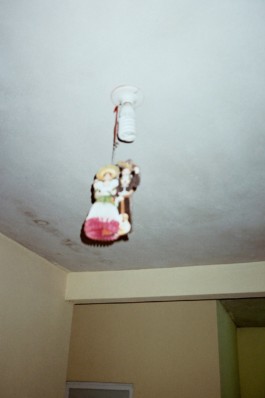
This was one of the most anticipated photos of my whole trip. I had envisioned the focus on the hanging art, but over the years I've grown to like this shot the way it is :-) Film photography is fun that way.
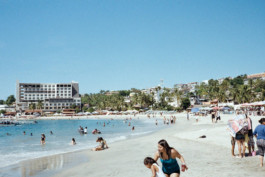
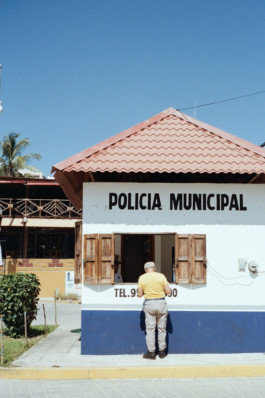
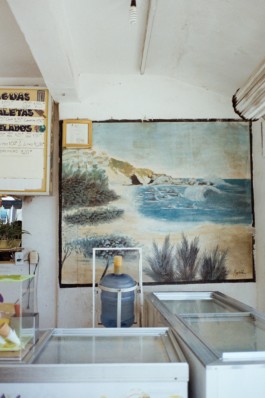
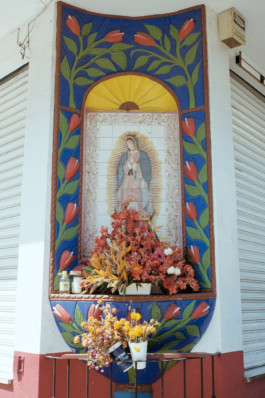
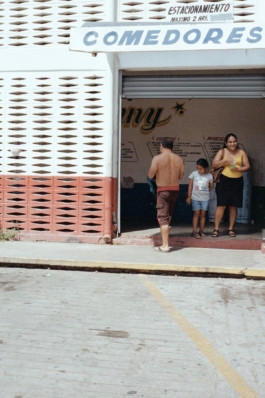
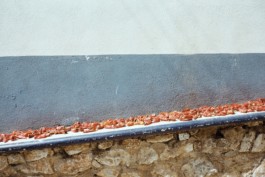
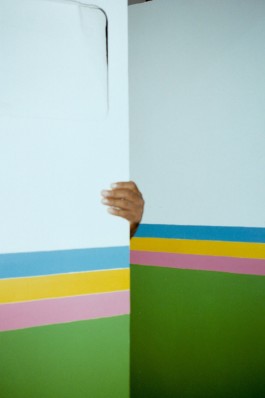
One of my favorite shots of the trip taken while waiting for my order at an ice cream shop ❤️

Central San Cristóbal de las Casas.
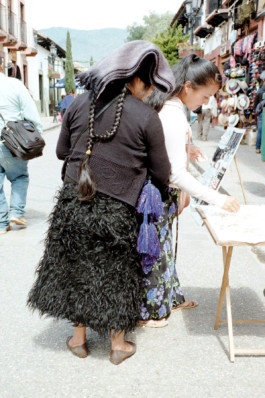
Tzotzil woman dressed in traditional wardrobe.
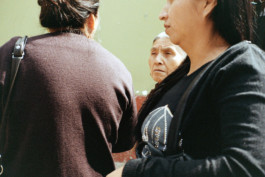
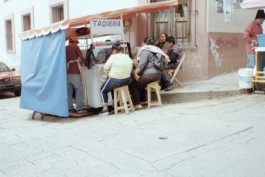

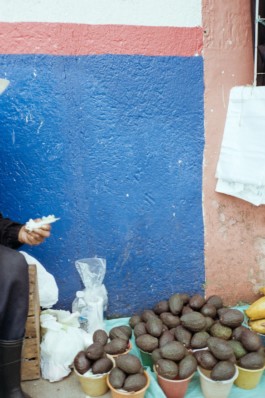
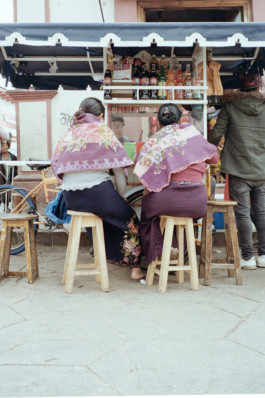
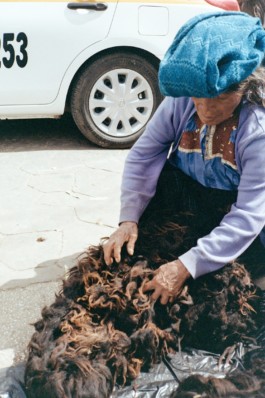
Tzotzil traditional materials made are from sheep wool. Here is a woman selling the raw materials in the local market.
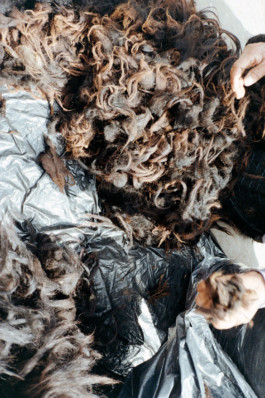
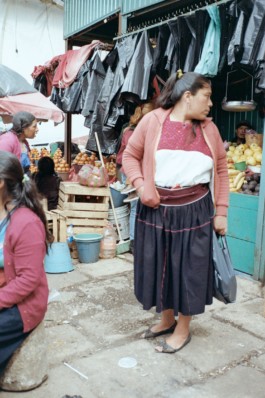
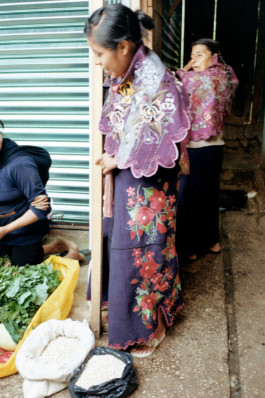
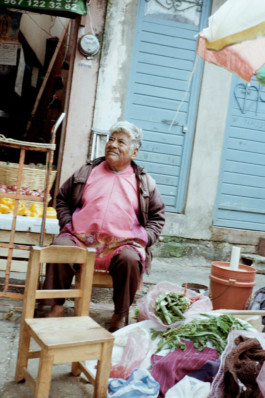
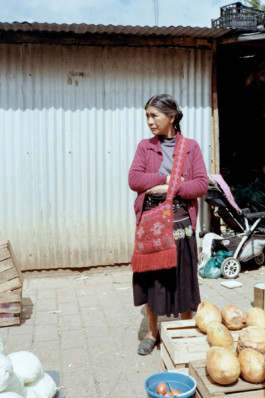
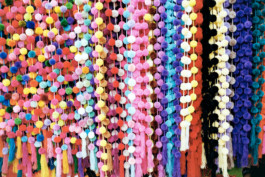
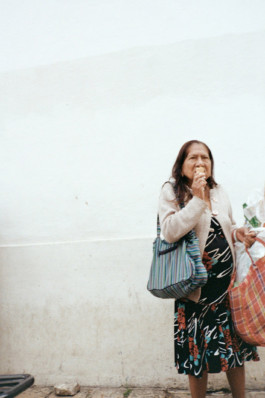
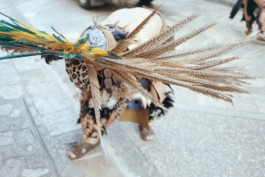
Funeral procession dancer in Cristobal de las Casa. Contax T3 on KODAK GOLD 200.
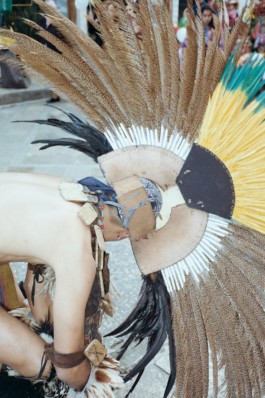
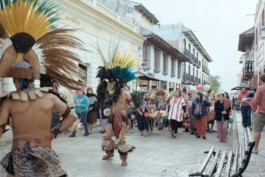
The larger funeral procession. Contax T3 on KODAK GOLD 200.
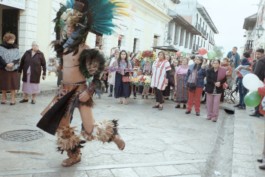
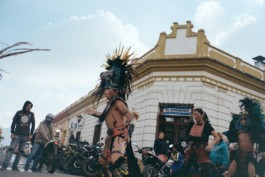
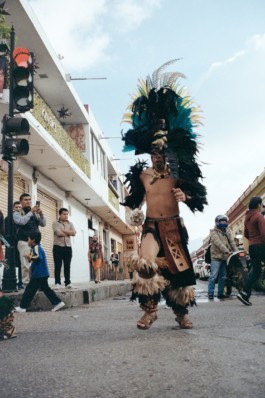
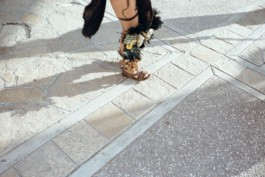

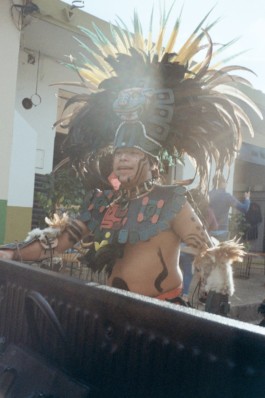
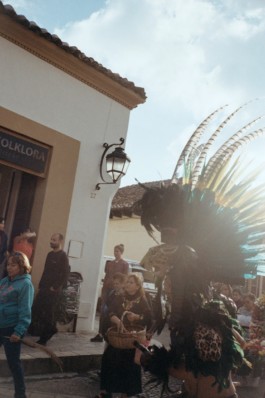
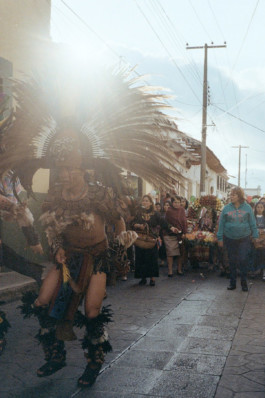
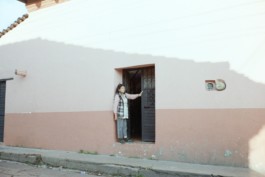
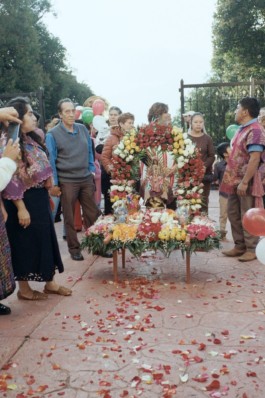
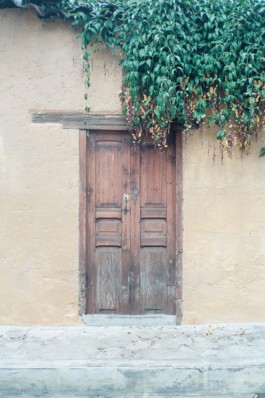
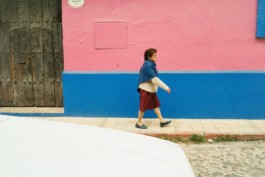
san Cristobal de las Casa stroll.
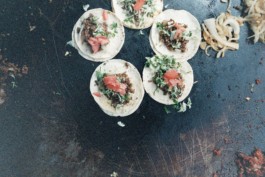
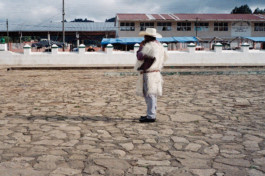
A Tzotzil elder in Chamula, Chiapas, Mexico.
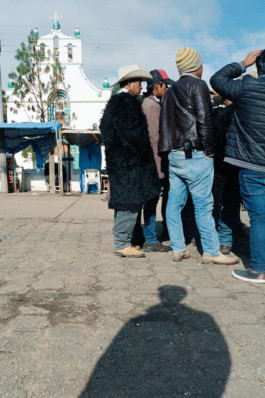
A group of men gather outside the Iglesia de San Juan Chamula church in Chamula.
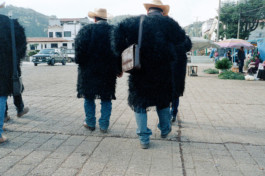
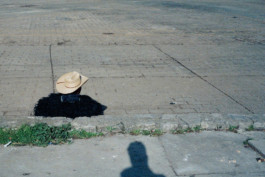
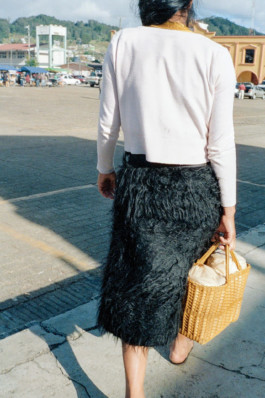
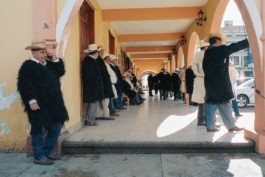
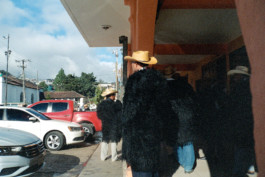
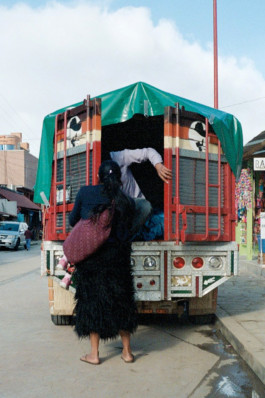

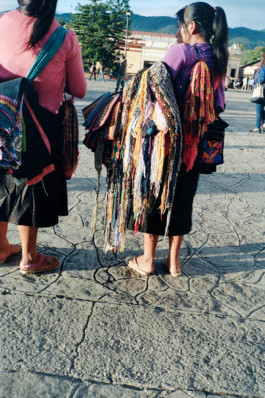


Clown spotting en route to Palenque.
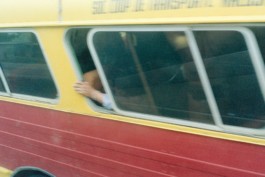

Palenque ruins.

By this time I'm basically dead from Dengue.
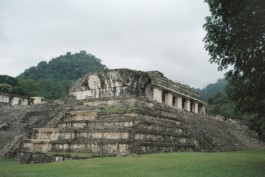
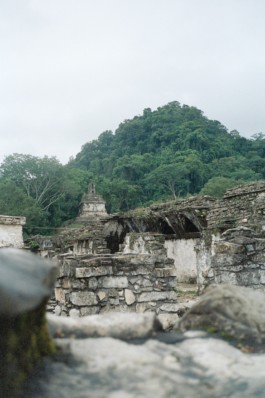

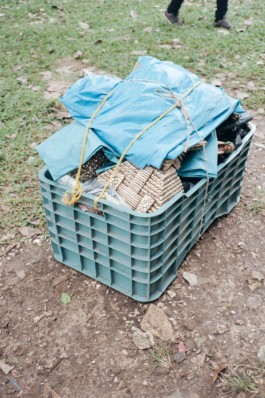
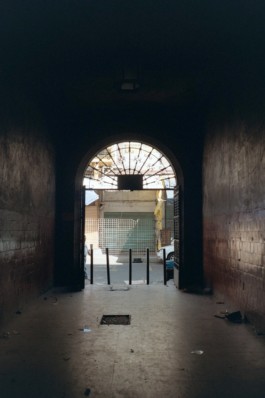

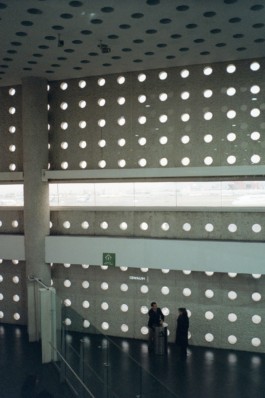
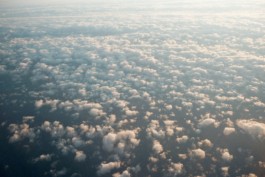
Location
Mexico 3
[ ] Oaxaca
[ ] Puerto Escondido
[ ] San Cristobal de las Casas
[ ] Palenque
Travel Dates
2019.10.19 - 2019.11.18
Camera
Contax T3
Film Stocks
KODAK COLORPLUS 200, KODAK GOLD 200, FUJIFILM 200
Travel Notes
They call Oaxaca the cultural capital of Mexico. After a couple of hours of walking around I can tell it's sophisticated, or at least thinks it is. A colonial city with interesting history, beautiful landscapes, and ridiculously delicious unique foods. Between my 8th meal in 1.5 days I visit the amazing Jardín Etnobotánico de Oaxaca, full of plants I could never in my life pronounce but want to take home. Very pretty, minus the high number of tourists to local ratio.
Everything is much chiller here compared to my last week in Mexico City. The old lady selling fresh fruit on the corner of the street is chill. The hustle and bustle of the market is slightly slowed down. There's enough time and space to stop and take a breath. I like that.
I saved my one special meal of the trip for Las Danzantes. Contemporary Oaxacan-Mexican cuisine. Shredded duck in mild chilli sauce for making tacos, with chili morita sauce and avocado. Hierba santa: quesillo (Oaxacan string-cheese), goat cheese, tomatillo sauce and meco chili. Shrimp tlayuda, chintextle (dried chili paste) sauce, Oaxacan string-cheese and cabbage on a lightly toasted tortilla. All of it was magnificent, especially the hospitality. Strong recommendation.
My next destination is the local beach town of Puerto Escondido, a short distance from Oaxaca. Upon arrival and sorting out accommodation I remember heading straight for the beach side hammock with an iced beverage. If that doesn't get you in the mood I don't know what will.
The next couple of days are generally beach hopping with the odd venture to the local market. One funny moment was while eating at a local eatery a ambulance pulls up with sirens ablaze, parks directly in front of the restaurant where paramedics get out and sit down to eat a meal. 10 minutes later the waiter opens the door to the ambulance and serves a lady laying down in a gurney. Even the sick eat well.
After a couple of days I'm beached out and head to san Cristobal de las Casa, a city located in the Central Highlands of Chiapas. The city is picturesque with cobbled streets and lively markets and cool weather. All roads seem to lead up to a monumental cathedral, San Cristóbal de las Casas, sitting atop a hill overlooking the city. Heading to the market I notice a large number of tribal dressed folk in black garments made of sheep wool. They are Tzotzil people, an indigenous Mayan tribe speaking their own indigenous language situated throughout the Chiapas region. The closeby town of Chamula is one of theirs. I quickly make arrangements so I can visit and better understand.
Chamula is like a place I had never been before. It feels not even Mexican. I later find out the Tzotzil people have negotiated autonomous status with the government of Mexico where no police or military are allowed into their lands. They police themselves. It is one of the poorest places in Chiapas and Mexico. I was asked to be careful with making photographs, especially of the church and peoples faces, as Tzotzil people believe that a photograph takes the soul of the subject.
From the courtyard in the center of the town I enter the Iglesia de San Juan Chamula church and am hit hard with the smell of burning pine and mold. Pine needles cover the floor completely and there are hundreds if not thousands of candles places throughout the church. There are no pews. The room is lit by the candles and fluorescent lights strung along the wall like morse code - no natural light I can see. There are mirrors placed everywhere. This is like no church I have ever entered. Like a church flipped upside down. I notice art on the wall drawn in familiar biblical styles but after closer inspection the stories are all unfamiliar. There is a Jesus looking like figure but the familiar saints have been replaced with Mayan gods. I take a moment and realize I'm shaking with excitement. I hear some English being spoken and rush over, interrupting a guide and his clients in mid-conversation.
Me: What where are we?
Guide: We are in a very sacred place for the Tzotzil people, descendants of the Mayans. There are many elements here you see that might be similar to a church you have back home, so some historians believe this religion was derived from Catholicism.
Me: Why are there mirrors everywhere?
Guide: The Tzotzil people believe that they deflect evil and help whoever is looking into them.
The air is very still.
I am in a place of worship.
I try to still myself and observe.
The rest of the day is a write off as all I can think about is Chamula.
The following day, back in San Cristobal, I happen upon what seems to be a funeral procession down the main street leading towards the main church, Guadalupe Church. Dancers dressed in traditional clothing lead the herd made up of what seems to be family members carrying photographs, balloons, and flowers, a small brass band, and members of the community. I follow them for more than an hour, not able to put down my camera, to the entrance of the church. The group seemed to be different than the Tzotzil people but had similarities. The event moved me.
My Mexican journey concludes in Palenque, an ancient Maya city state that perished in the 7th century.
By 2005, the discovered area covered up to 2.5 km2 (1 sq mi), but it is estimated that less than 10% of the total area of the city is explored, leaving more than a thousand structures still covered by jungle. Wikipedia
I remember taking days to decide whether to stay in the nearby city center or closer to the entrance to the ruins in the jungle. I decided on a jungle hut for convenience sake. Little did I know that the hotel would be covered in mosquitoes and some of those mosquitoes would be carrying the Dengue Virus. I believe I got the virus on the first day in the jungle. The rest of my stay in Palenque and Mexico was a blur, pushing myself through the ruins in the worst physical shape of my life. Based on the advice from the British nurse who I shared a bunk with, I toughed my way through the rest of my trip and once back in Tokyo 3 days later tested positive for the Dengue and received proper treatment.
Thankfully I got out OK but without over exaggerating it was the sickest I have ever been in my adult life. Thank you Mayan gods for letting me live!!



Oaxaca on Contax T3








Jardín Etnobotánico de Oaxaca. Shot on a Contax T3 on KODAK COLORPLUS 200.

Jardín Etnobotánico de Oaxaca. Shot on a Contax T3 on KODAK COLORPLUS 200.





Jardín Etnobotánico de Oaxaca. Shot on a Contax T3 on KODAK COLORPLUS 200.

Early morning in Oaxaca












Oaxaca Mercado



Las Danzantes courtyard.

Las Danzantes, Oaxaca.






Dinner break en route to Puerto Escondido. Contax T3.


Puerto Escondido Ice Cream Man. Contax T3.






Beach hunting around Puerto Escondido. Contax T3.

Supporting a local NPO by providing safe passage for baby turtles to the ocean. My job was to throw big stones and make scary noises so the lurking birds would not swoop down and eat the turtles 🥺




This was one of the most anticipated photos of my whole trip. I had envisioned the focus on the hanging art, but over the years I've grown to like this shot the way it is :-) Film photography is fun that way.







One of my favorite shots of the trip taken while waiting for my order at an ice cream shop ❤️

Central San Cristóbal de las Casas.

Tzotzil woman dressed in traditional wardrobe.






Tzotzil traditional materials made are from sheep wool. Here is a woman selling the raw materials in the local market.








Funeral procession dancer in Cristobal de las Casa. Contax T3 on KODAK GOLD 200.


The larger funeral procession. Contax T3 on KODAK GOLD 200.












san Cristobal de las Casa stroll.


A Tzotzil elder in Chamula, Chiapas, Mexico.

A group of men gather outside the Iglesia de San Juan Chamula church in Chamula.










Clown spotting en route to Palenque.


Palenque ruins.

By this time I'm basically dead from Dengue.








Hi there I'm Jordon.
This is a blog about traveling and film photography. You can read more about me here, visit the archive of this blog here, or support me by purchasing goods from here.
Unfortunately I couldn't figure out how to enable comments on this site but i would love to hear from you by email at jordoncheung [attttt] gmail [dot] com ✌🏽
Hi there I'm Jordon.
This is a blog about traveling and film photography. You can read more about me here, visit the archive of this blog here, or support me by purchasing goods from here.
Unfortunately I couldn't figure out how to enable comments on this site but i would love to hear from you by email at jordoncheung [attttt] gmail [dot] com ✌🏽